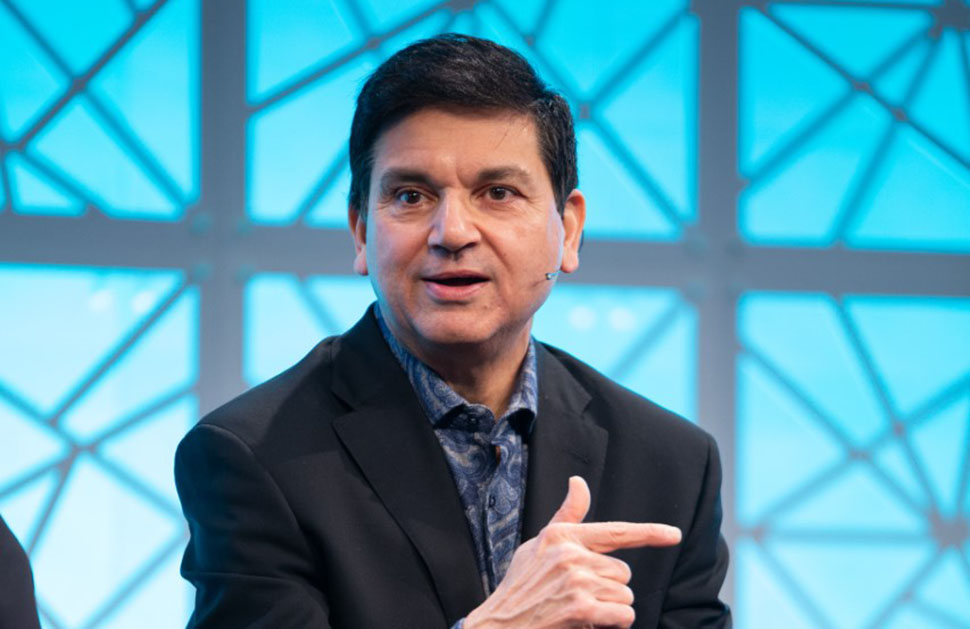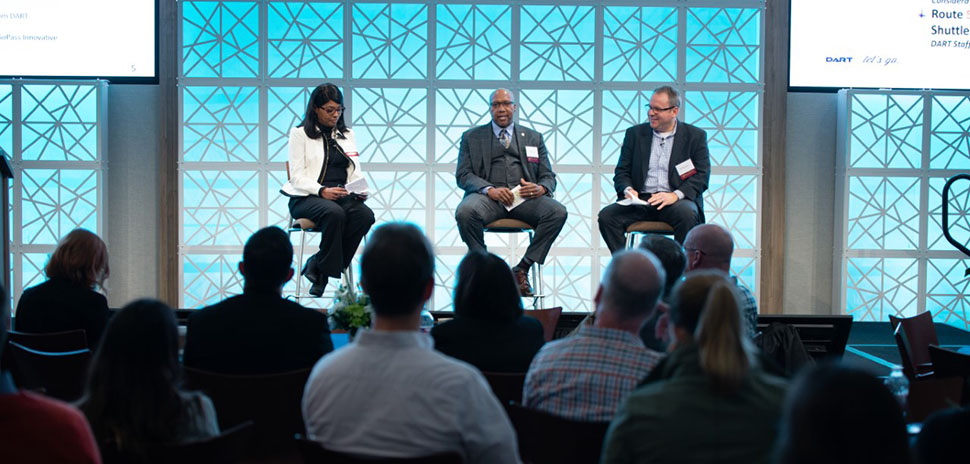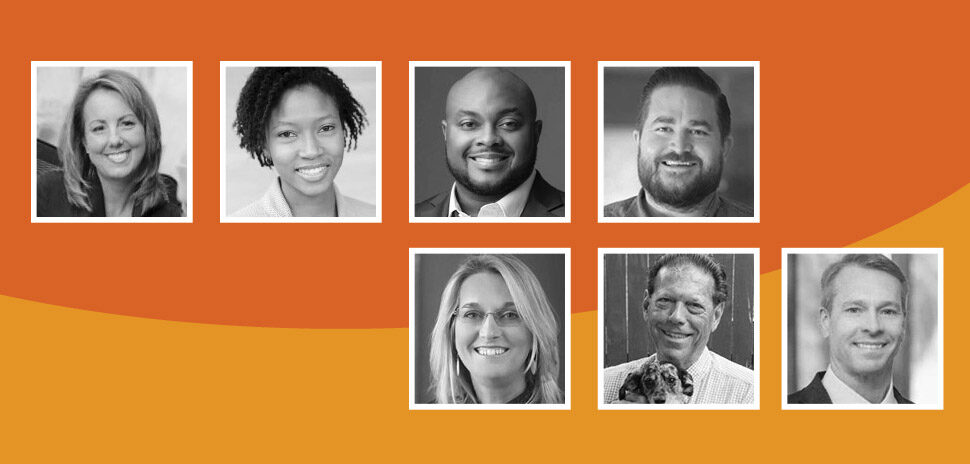The past year, Capital One has been fostering conversations around making Dallas-Fort Worth a hub for innovation. Its latest all-day conference, the Beyond Summit, focused on the technology, products, designs, and data science driving the future.
“Profits are the life blood,” Sanjiv Yajnik, president of the Financial Services Division at Capital One, said during the event’s Customer Experience Panel. “They allow you to have a life, but it’s not the meaning of life. … It’s a magical thing that happens when you’re completely steeped in the art of creating that value for your customers.”

Sanjiv Yajnik, president of the Financial Services Division at Capital One, speaking at the Beyond Summit. [Photo: Courtesy Capital One]
Capital One has a focus on customer experience, which directly translates to its overall success. For instance, Capital One associates are tasked with making the customer experience the heart of their daily work.
“We’ve broken up our massive business into 43 small companies with 43 product managers,” Yajnik said. “We call these experiences. We’re all in, and you have to be all in.”
During the keynote, Marty Cagan, author of “Inspired: How to Create Products Customers Love,” discussed how he’s come to be recognized as an expert in technology product management.
“Why don’t more companies empower their teams? Trust,” Cagan said. “Your team has to step up, including your product manager. Sometimes designers, sometimes engineers but truly your product manager. The team has to raise the bar, and the leaders have to take a chance. They don’t have to go whole hog, but they have to give their entire team a chance.”
One panel, Transit 2.0: Innovative Mobility Solutions in Dallas, gave a deep dive into what transportation in the region will look like in the future. From DART, Tina Mörch-Pierre, the assistant vice president of innovation, and Darryl Spencer, the senior assistant vice president of engineering, talked about what this might mean for buses. And from AECOM, Andrew Ittigson, a project manager and senior planner, discussed transit planning as it related to automation.
Here’s what they had to say:
On DART and AECOM joining forces
Ittigson: “Think of all the different modes working together, getting people quickly on the major corridors is a key part of it. If automation is going to be part of this sort of interrelated mobility, then having transit be part of that equation is important.”
“We realized that there is no longer an agency in a country that can afford to put resources to purchase 100 automated vehicles and kind of be that pioneer. So instead, what we did at AECOM, is went out across the country and looked for partners, transit agencies, transportation providers, mobility providers to join together and be part of this consortium to leverage the resources and to get this technology on the street tested early on, so transit can kind of be at the same level or even ahead. So we actually have 13 partner agencies that are part of the consortium.”
“And so as we look to these different providers, it just makes sense with a lot of the innovative things that DART’s been doing recently that DART is part of this consortium. So, we went to DART.”
Spencer: “We decided to join the consortium because we wanted to find ways to reduce traffic congestion. We operate large transit buses, we have a multimodal service and network, but, as you know, automation is all around us. This consortium for automated bus transportation is going to be very important for us to leverage technology and find a way to reduce traffic congestion.”
“We need to advance automation within our transit industry. So now is the time for that. I think the automated bus consortium is a good gateway into developing that technology.”
On the first tests of automated buses in DFW
Ittigson: “It’s taking you from a flight from a plane—and this is an existing route today so you’re just automating that route—to the light rail station. So that light rail station has been served by the orange line and the green line, if you’re familiar with the rail system here, and they’ll take you basically many different directions: downtown, the medical district, Carrollton, and beyond. And so that’s a key part of it. You step off the plane and here you are kind of experiencing an automated, full-on transit vehicle.”
Mörch-Pierre: “This is not going to be a true driverless bus that’s going to be out in the next year or two. I want to be clear about that.”
On passenger safety for autonomous buses
Spencer: “What we’ve done as part of the policy committee of the bus consortium is develop a risk matrix that includes 21 key elements that we want to ensure an automated bus is going to have when deployed. Any one of our 13 partners that’s involved in this consortium and the public will want to know this bus will be safe. Safety is paramount, first and foremost.”
“Part of the safety certifications will include a way to prepare the bus specifications in phase one. We’re going to ensure that the appropriate safety requirements are embedded in those specifications, so large bus manufacturers will ensure that each vehicle was properly tested and equipped with those safety elements in order to be able to build and deploy in phase two.”
![]()
Get on the list.
Dallas Innovates, every day.
Sign up to keep your eye on what’s new and next in Dallas-Fort Worth, every day.
































